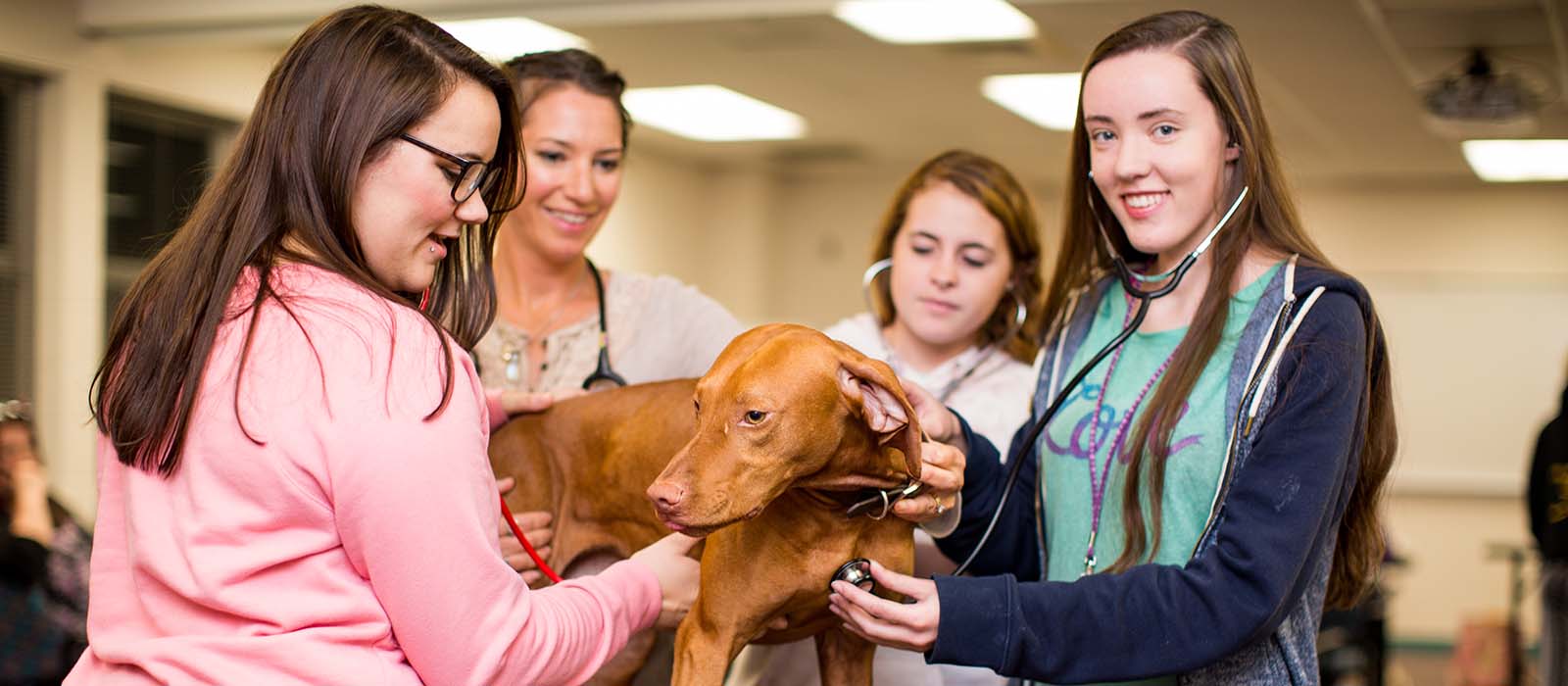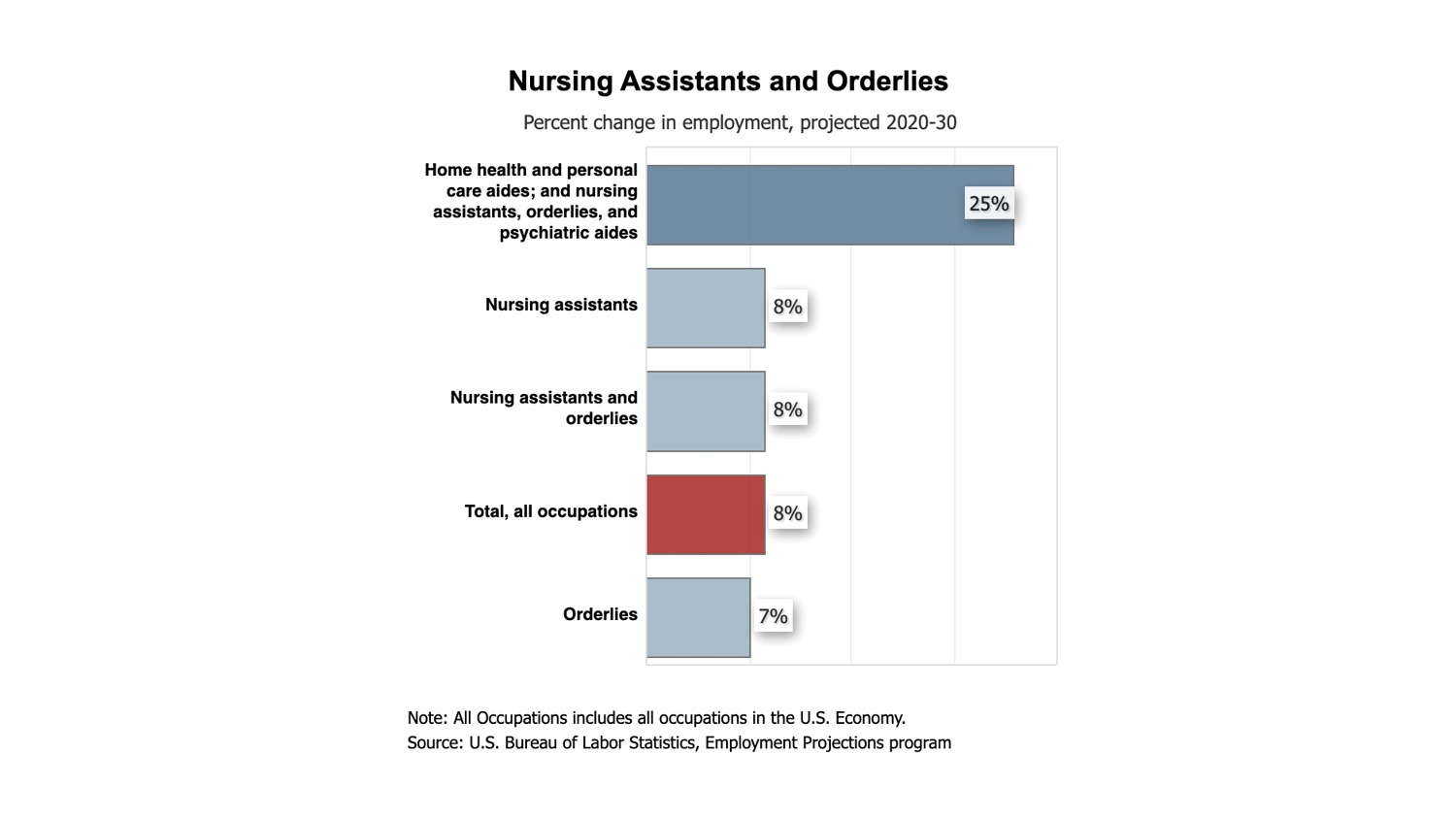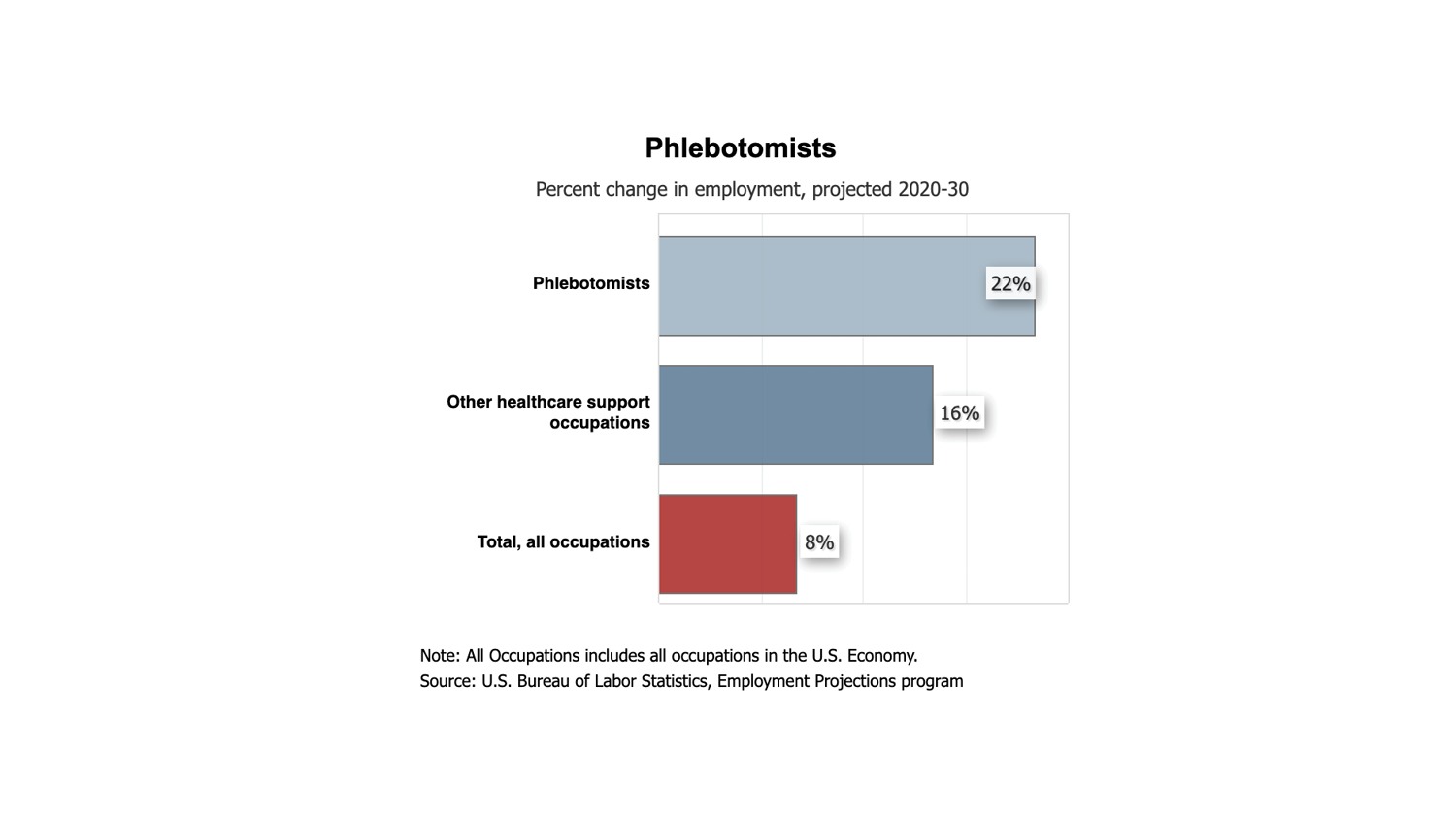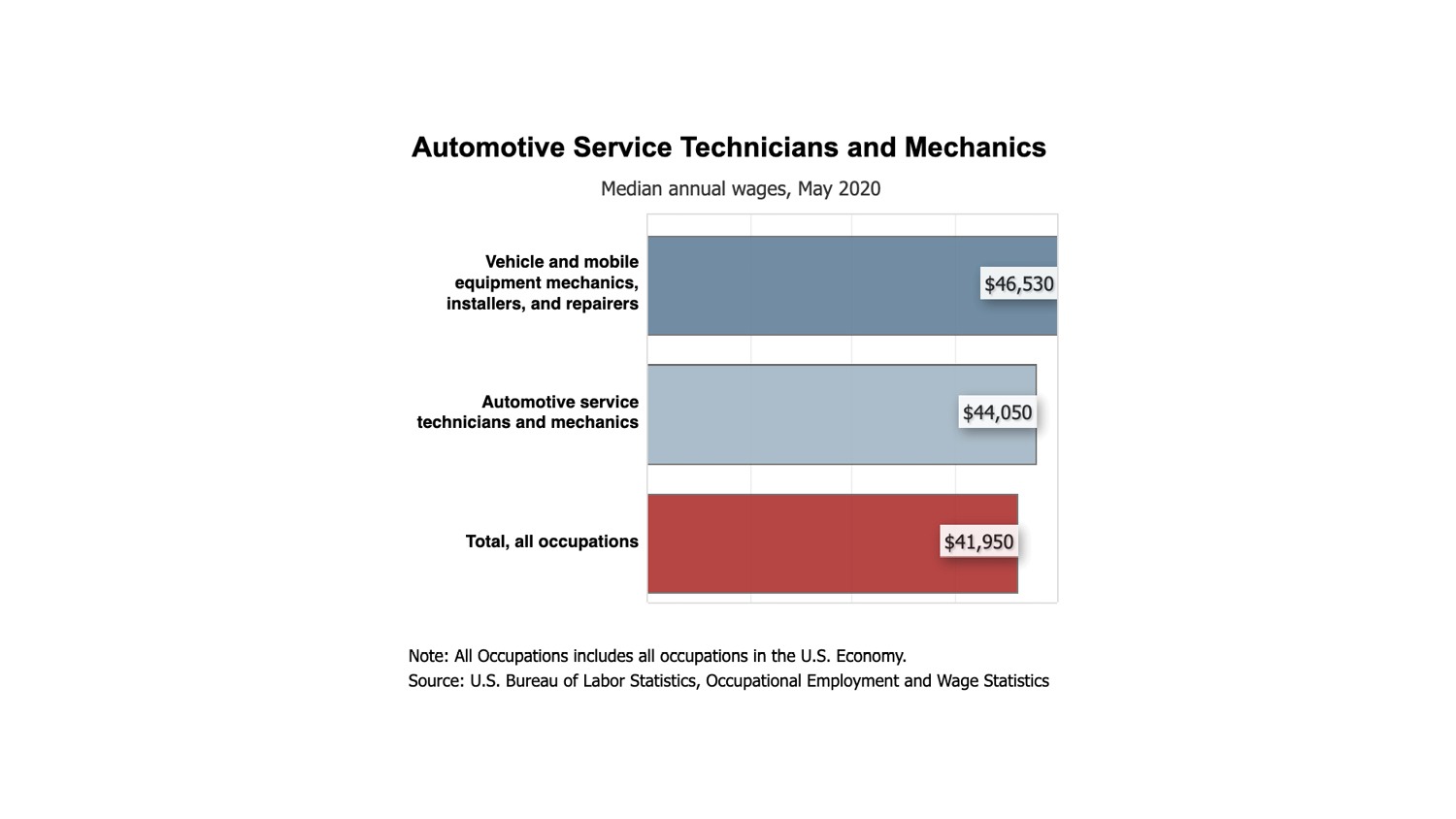Working to Create Workforce Training Programs

Each year, Carroll Community College students successfully qualify for in-demand jobs after completing one of its non-credit Workforce Training programs. But how does the College choose what types of job training to offer? While we may not have a crystal ball, we do have methods for predicting which programs make the grade.
Carroll’s affordable Workforce Training opportunities prepare students for professional certification and immediate employability, as well as improve their skill sets for advancement in their current careers. Most of these high-quality programs take less than a year to complete. Spanning a variety of industries, they are designed to give students the best chance for starting or changing a career while also encouraging economic growth within Carroll County.
When considering a new training program, the College uses a multi-step process that involves several experts in that field to determine if the program would benefit both students and the community.
“We have in place a deliberate vetting process when considering a new program,” said Steve Berry, Senior Director of Career and Continuing Professional Education. Berry helped develop the process used to determine the key elements used to make sure new workforce training programs provide students with real opportunities to acquire jobs with a sustainable wage.
Using Data to Establish Training Programs
Workforce Training programs are developed through a unique combination of industry data and economic modeling. Because of the intensive research involved, it’s important that each program be more than just a job area that’s in vogue at the time; available data must support its longevity so that the College can ensure success for students who complete the program now and in the years to come.
When considering a new training program, the College uses a multi-step process that involves several experts in that field to determine if the program would benefit both students and the community.
First, a committee of program and department managers at Carroll complete an internal screening form, consolidating high-level research on the current need and projected growth of a proposed program. The Continuing Education and Training (CET) department then uses a variety of tools to evaluate the proposed program:
- Bureau of Labor Statistics: To determine if the national trends from federal data corroborate the need for this program.
- O-Net: Online database of detailed job descriptions used by HR professionals, current job seekers and companies nationwide.
- Maryland State Workforce Innovation and Opportunity Act (WIOA): To assess if the proposed program can be supported by the 2015 act.
- EMSI Burning Glass: Analyzes job growth, skills in demand and labor market trends within a specified country or zip code.
The College also collaborates with the Carroll County Workforce Investment Board to see what local workforce trends might impact students. If the research shows there is a positive job outlook for the industry in our community and the College feels confident there is potential for high enrollment in a training program, Carroll makes that program a reality.
Rapid Response to Job Training Needs
This well-organized, data-driven formula results in a quick adaptation to changes in job trends. “The great thing about working in Continuing Education and Training is how nimble we can be,” Berry said. “If there is a shift in the need for a skill set, we can, for the most part, have a program in place pretty quickly.“
High-demand areas that have previously passed program reviews by Carroll include health care, graphic design, real estate sales, skilled trades like HVAC and welding, and many others. More recently, the College has created state-of-the-art job training for Digital & Social Media Professionals, Media Production Specialists and Commercial Drone Pilots. (Carroll was the first college to create a drone program in Maryland; it continues to be a leading program in the state.)
“Workforce Training programs offer the ability for students to have a short-term career change option,” said Berry. “As a community college, we sit in a very good position to offer these types of programs and adapt to the ever-changing global landscape.”


